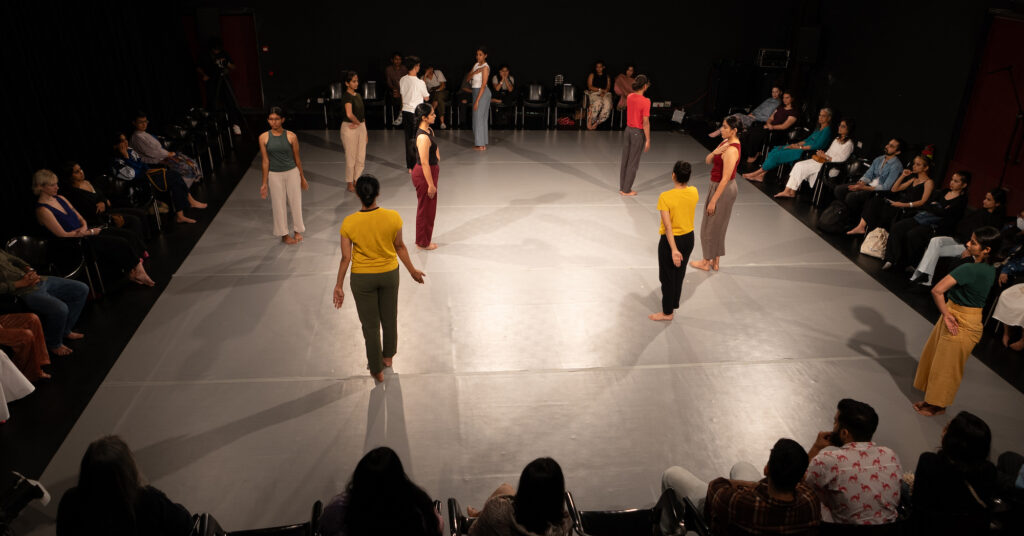
Padmini Chettur (Chennai, India) @ Holding Space : PFS5
18 to 23 Feb:
Stilling installation
(open to all)
19 & 20 Feb:
Philosophical Enactment 1: solo (ticketed)
21 & 22 Feb:
Experimenter Learning Program
(by registration)

We close Week 2 of Holding Space: Pickle Factory Season 5 with Padmini Chettur’s Stilling.
Padmini Chettur engages with audiences in Kolkata through various media. Through an installation, a solo performance, a learning program and her ensemble piece, explore how Chettur has defined her own choreographic idiom—minimalist, abstract and formal—stripping movement down to an essential, anatomical investigation, prioritising a sense of tension over emotion.
Public Engagements
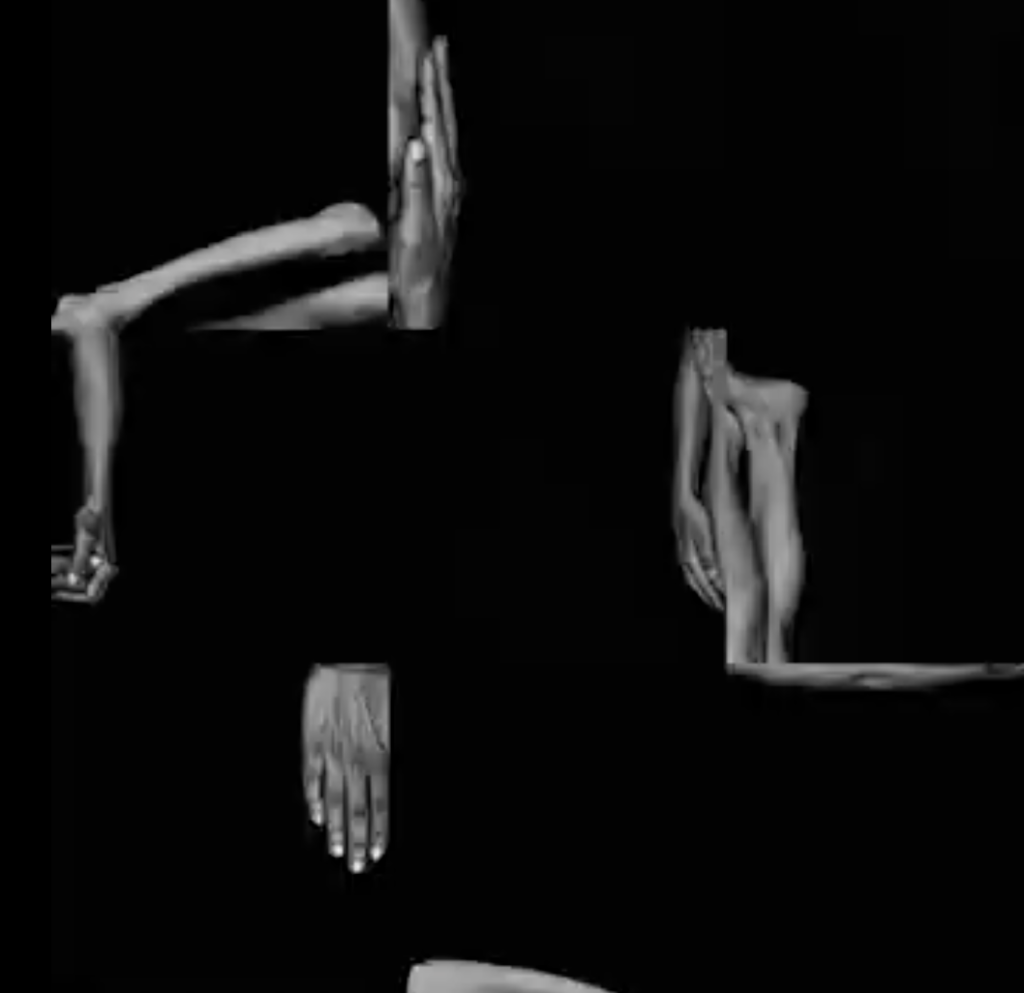
18 to 23 February ’25 | Stilling Installation
video with stereo sound
Experimenter – Hindustan Road
10:30 am – 6:30 pm
To the left or to the right? Clockwise or anti-clockwise? What is it to reverse movement, hold tension as a function that is gritty and full of life? A choreographic conversation between twelve fragmented oscillations, Stilling is a meditation on the technicalities of rotation. A landscape of partly repetitive actions draws attention to the spatial and temporal relationships in between: harmonies and disharmonies, the individual within the collective, a palette of chaos within which forms slowly emerge. In an age of growing disembodiment, Stilling is a reminder of the necessary irregularities of humanity. A non-dualistic grid of movements that appear irreconcilable can bring us to a moment of poised stillness—not the hard stop that signals the end, but one that signifies the possibility of a beginning again.
Credits
Choreography and Dance: Padmini Chettur
Sound: Maarten Visser
Direction and Film: Madhavan Palanisamy
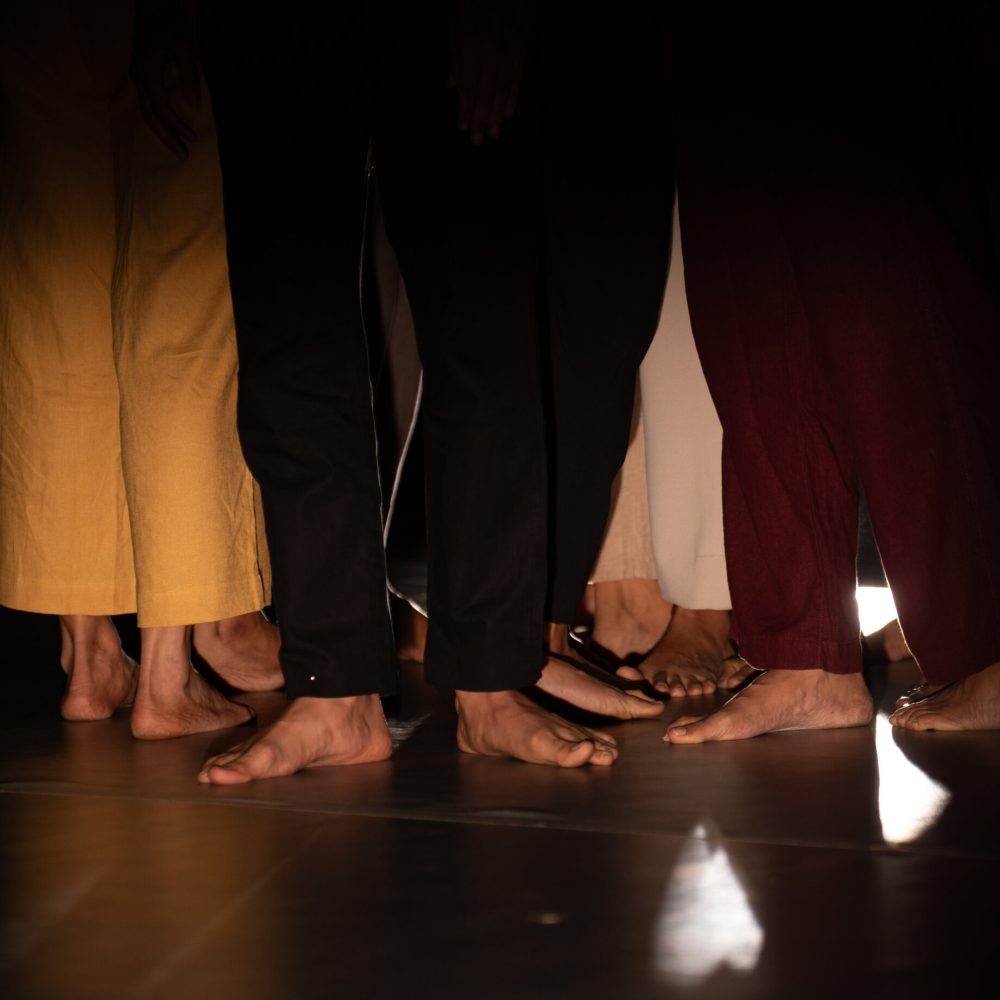
19 & 20 February ’25 | Philosophical Enactment 1
a solo contemporary dance performance
Experimenter – Hindustan Road
6:30pm
Tickets: Rs. 300
The project Philosophical enactment 1, began with readings of reviews written about Padmini Chettur’s work over the last twenty years, and a feeling that dance viewers struggled with the dense, abstract nature of my form.
The ‘body’ of the work imagines layers of circles and arcs around a central axis. These rotational movement possibilities are used at times directionally, allowing the body to move, at times in opposition bringing the body to a dynamic stop.
Set to a sound score by Maarten Visser, that proposes gentle shifts in temporality, Philosophical enactments1 plays with a ceaseless motorical imagination of the body’s capacity to expand and retreat. Sound and text are layered to ‘describe’ movement, and at times are described by movement. Weaving textual images both literal and propositional allowing the audience to find multiple entry points and perspectives.
Philosophical enactment 1 is a dancer and writer in search of form. An articulation of inarticulable, a questioning of the very question: “What does it mean?”
Credits:
Choreography and dance: Padmini Chettur
Music: Maarten Visser
Text and voice: Aveek Sen
Thanks to : Anandam Dancetheatre
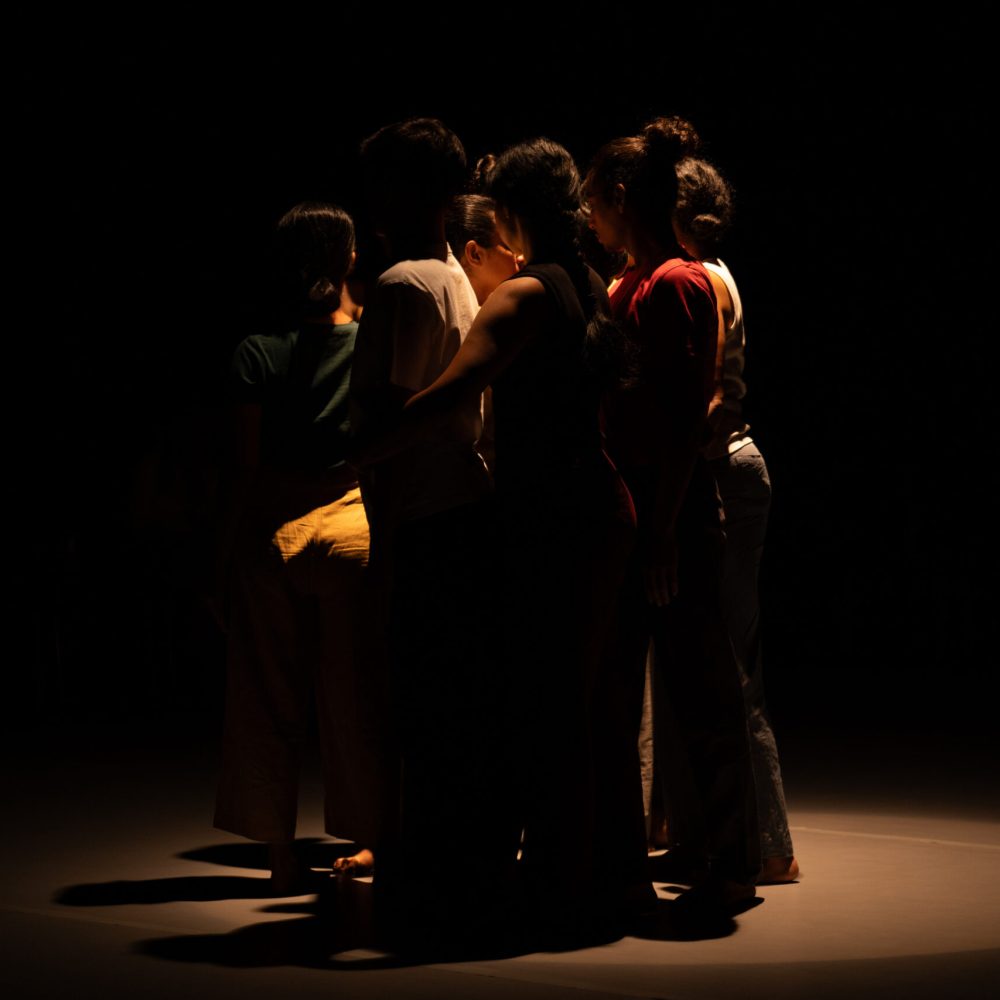
21 & 22 February ’25 | Experimenter Learning Program: Translating Choreographic Thought
a multifaceted learning and education program
Experimenter – Ballygunge Place
1 pm – 4 pm
Entry by registration
In 2015 at the invitation of Zasha Colah, Padmini Chettur began to think about a work in film that could be more than just a documentation of live performance. 3 channel video work ‘Varnam’, also existed as a 3 hour durational performance.
Since then, Chettur has developed a practice that moves from work that is performed, to work for the screen in a way that seems translational. Considering that many of her questions have been around the three dimensional body, and the aesthetics of circularity, the question of the flattening of the body into image becomes a political one. In this Experimenter learning program, we’ll think together with her around the questions of representation and her growing concerns about the avoidance of presence and the erasure of body within dance itself.
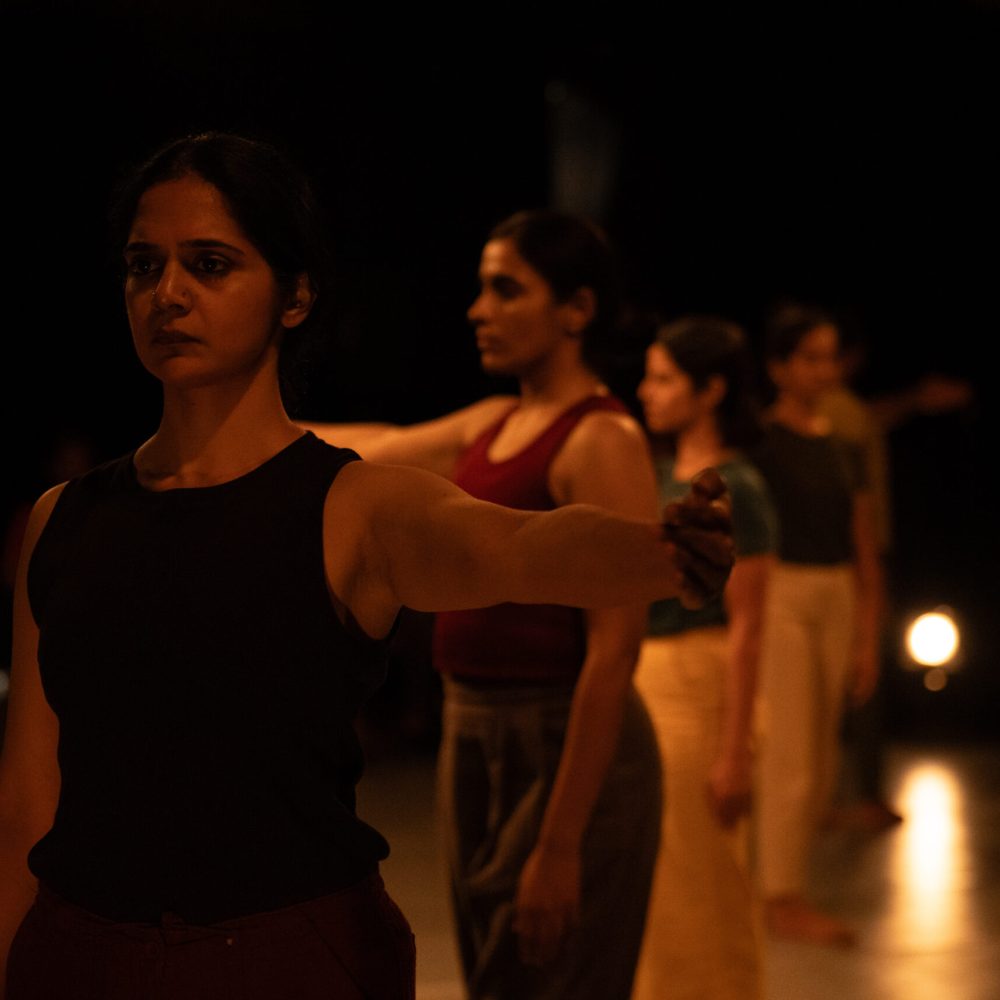
23 February ’25 | Stilling
ensemble contemporary dance performance
Alipore Museum
7pm
Tickets: Rs. 300
There is a particular stillness produced at the meeting of two counter rotational movements – those which draw arcs around the body’s vertical axis. It is a stillness that contains both beginning and end. Producing a circular time. A stillness of imperceptible oscillation, a place where contradiction is contained rather than dissolved.
STILLING is an attempt to create a series of pathways, organising and re-organizing duality in search of their edge.
10 dancers begin with short studies – as though proposing not only the alphabet, but the choreographic rules as well. They continue to build upon this foundation with almost algebraic precision, producing a complex and dense vocabulary of contradictions. As the performers navigate the material, they are forced to be disjointed and inter-connected at the same time, inviting us to almost stop remaining witness to an unfolding spectacle, rather to be drawn into the interiority of the counter – a place of disquiet – STILLING.
Credits:
Choreography: Padmini Chettur
Sound: Maarten Visser
MEET THE ARTISTS
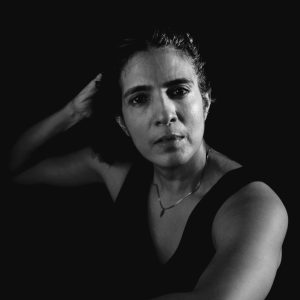
Padmini Chettur, a contemporary dancer and choreographer, began her career in 1990 with Chandralekha, a Bharatanatyam modernist. Over three decades, she has developed a minimalist, abstract choreographic style, focusing on anatomical precision and tension over emotion. Her notable works, including Beautiful Thing 2 (2011), Wall Dancing (2013), and Varnam (2016), have been showcased in visual art spaces worldwide, such as the Kochi-Muziris Biennale and Haus der Kulturen der Welt. As both choreographer and performer, Padmini has forged an overarching creative approach that pulls focus to the form and movement of the body. Early on, in her journey as a dance-maker, she took a very conscious decision not to train formally abroad—a decision which points to her well-formed politics. Her work—highly abstract in nature—is rooted in the cultural fabric of the uniquely engaged dance community of Chennai.
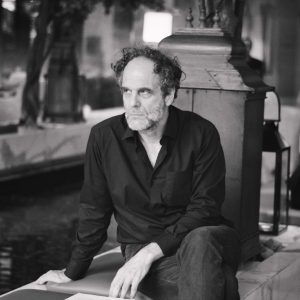
Maarten Visser (Alkmaar 1972) is a Dutch saxophonist and composer living in Chennai for
more than 20 years. He has studied contemporary improvised music – saxophone, at the Brabants Conservatorium. His bands include MV3, oto.3, Many Things.
He has been working with Padmini Chettur since 1999. He is interested in the space between music, sound and noise, preferably acoustically/mechanically produced.
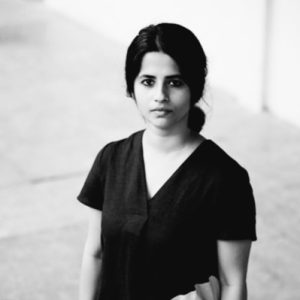
Anoushka Kurien, dances, choreographs and teaches in Chennai.
‘What Talk of Body’, ‘Workbook’, ‘To Be Danced’, ‘In Rooms’ and ‘Restricted View’ are some of her works in live performance and video.
She writes and is interested in the workings of text, moving image and sound.
She enjoys being a part of the creative processes of other choreographers and her teaching practice with children has been a support creatively and economically.
She sometimes works with an artists’ collective in finding ways to engage as a contemporary art community in Chennai, India.
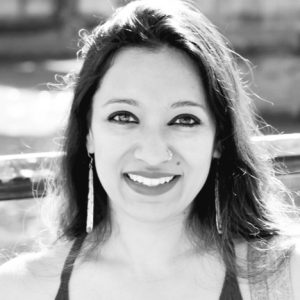
Priyakshi Agarwal (she/her) is a dancer and a dance scholar. She was born in the village of Banera in Rajasthan. Her primary training is in Kalaripayattu and Bharatanatyam. In 2020, she was awarded an Erasmus scholarship to study for a master’s in Dance Anthropology (Choreomundus) in France, Norway, Hungary, and the United Kingdom. Her artistic research is dedicated to exploring dance as a tool for resistance, working through the concept of performance as a protest. Central to Priyakshi’s artistic exploration are the woman’s body, her journey fighting against patriarchy, and the persistent issues of discrimination based on caste and race.
She conducted her practice-based research in Jamaica. She continues to work within the context of the transcultural historical experiences based on Indo-Caribbean exchanges. She is an active member of the People’s Union for Civil Liberties (PUCL) in India.
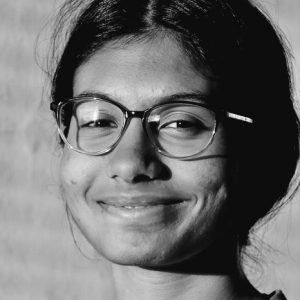
Tushti Aravind is a 21-year-old trained dancer in Russian Ballet and contemporary styles. She is continuously exploring various dance forms and is interested in a variety of creative arts, writing and observing how they come together. She is also a student of psychology.
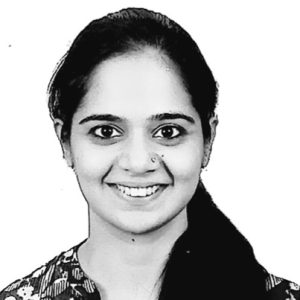
Sravanthi V, is a trained Bharatanatyam dancer who passed out from Kalakshetra Foundation. She has also completed her B.A in Historical Studies. She later went on to work with theatre practitioner Vijay Padaki of Bangalore Little Theatre and was part of the Indianostrum theatre Pondicherry performing intensely with them from the year 2012 to 2015.
She has offered an Open Course on ‘Introduction to Bharatanatyam – Theory and Practice’ at the Azim Premji University in the year 2015 and 2020.
She got the opportunity to work with contemporary dancer Padmini Chettur from the year 2016 to 2019.
In the year 2020 she acquired a teacher training course in Hatha Yoga. She has been drawn towards Anatomy and Dance Anatomy in specific for the past couple of years.
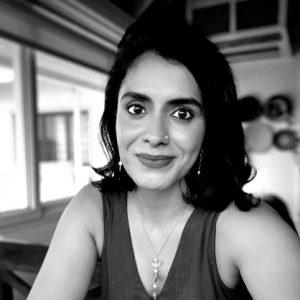
Aarabi Veeraraghavan started her early training in Bharatnatyam as a child and was first introduced to contemporary performance practices in college. After a Masters degree in contemporary performance studies she went on to work under Padmini Chettur. She also engages in theatre.
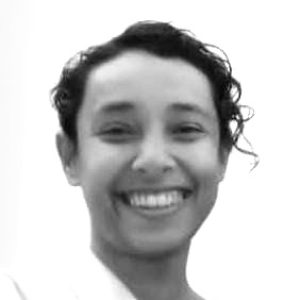
Madhushree Basu is a performer, illustrator and occasionally, art teacher. Her dance training is in Kathak, Mohiniyattam and contemporary dance. Her primary form of visual artmaking is comics and performance-making is dance-drama.
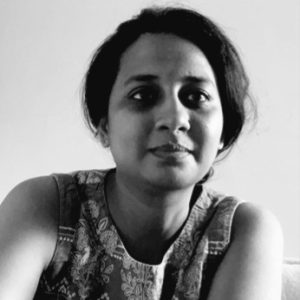
Ramya Shanmugam is trained in Ballet and contemporary dance and has completed her diploma in movement arts and mixed media from Attakkalari (2013-14) and has been training with Padmini Chettur since 2016. She has worked in schools as a dance teacher and has co-choreographed for the documentary But What Was She Wearing on workplace sexual harassment. She’s interested in films and animations and has worked as a producer and animation director since 2020. She has written and directed an animated film named Jasmine Village and is also the co-founder of an animation company “Poo Mediaworks”, which produces animation videos for children.
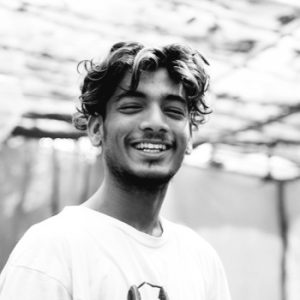
Pradeep Gupta is a contemporary choreographer and dance practitioner from Bhilai, Chhattisgarh. He has previously worked with national and international contemporary artists, choreographers and dancers. He also works as a contemporary dance teacher with various groups in Chhattisgarh and India.
He’s currently working on his first full-length solo called “BINDADEVI” supported by PECDA and March dance festival Chennai.
